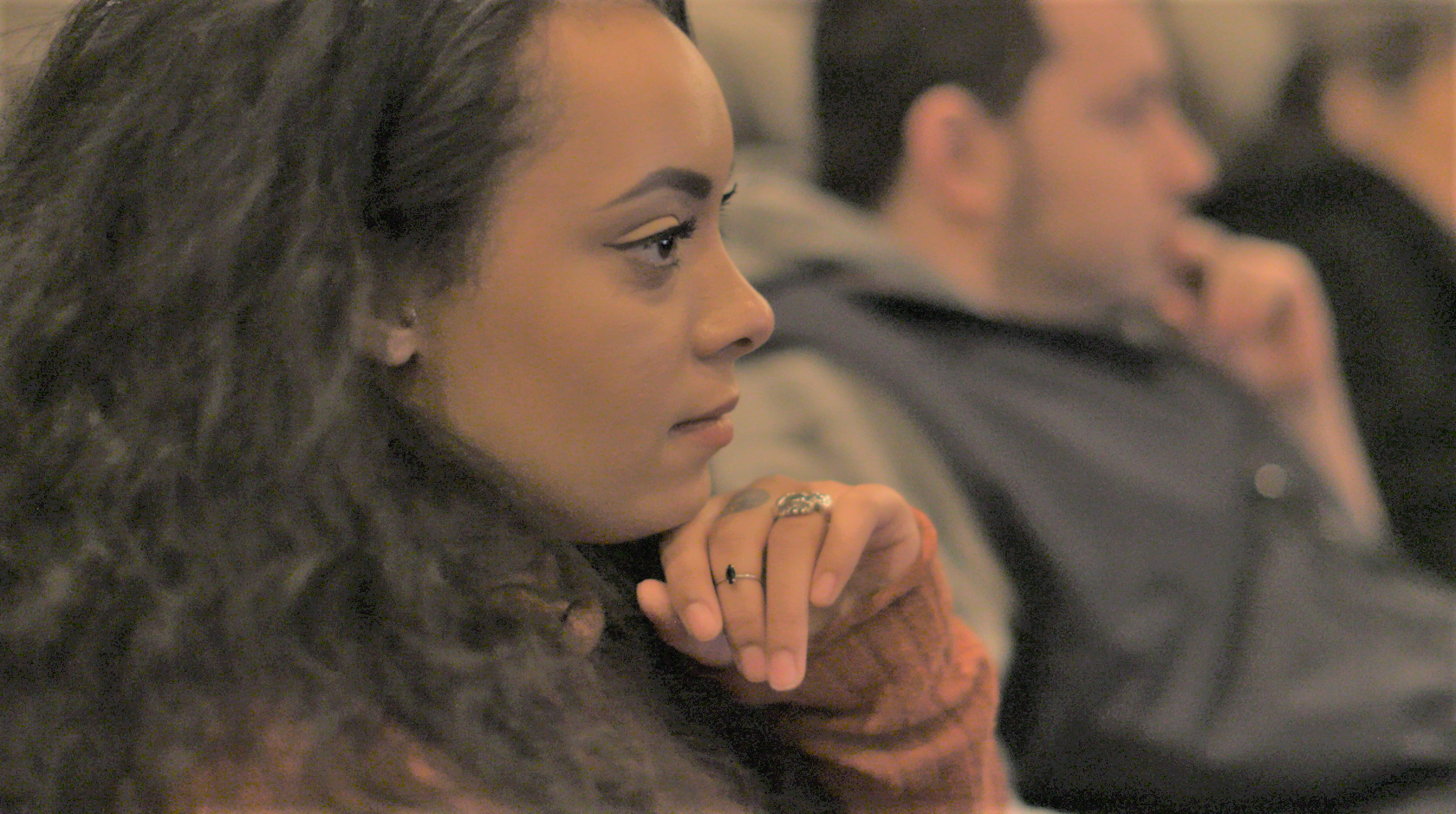Proof of Engaged and Activated Eyeballs with Ads in Cinema

At the 2017 Upfront, Screenvision Media committed to commence neuroscience research to figure out the psychological and emotional distinctions between movie and television experiences. Part of the goal was to identify how the different settings impact memory and perceptions of advertised content. Now, entering the 2018 Upfront season, the hypothesis that all impressions are not created equal has been supported via a year-long, three-phase study.
Phase I of this study, conducted in May 2017 via an online survey of more than 1,000 U.S. adults, was aimed a facilitating an understanding of the audience mindset as it relates to advertisements. It also helped inform the scope of Phase II, a biometric study conducted by market leader MediaScience at a neuroscience lab and movie theater. Finally, Phase III analyzed specific actions taken to validate the impact of this research in aggregate for advertisers.
The Screenvision Media research team proved pre-show ads resonate and are memorable in a way that television simply can't match and they leveraged science to back up the consumer research. Sarah Barasch, Senior Vice President of Insights and Measurement for Screenvision Media, confirmed that they "result in greater attention, retention, impact and conversion than the same ad on television -- 62% vs 35%, respectively. And our follow-up research shows that ads in cinema prompt audiences to take action and increase brand lift across categories."
Highlights from each of the phases follows.
Phase I
This research validates that there is an all-encompassing love for the cinema experience that captivates audiences. It also translates into awareness, recall and attention to advertisements that is significantly higher than that seen on television. The following findings provide a level of depth to the "Cinema is Superior" argument that was less concrete in prior studies:
- 94% of the respondents multi-tasked while watching television versus cinema (see chart below). This is eye-opening when you consider that it only takes a relatively brief amount of time for short-term memory to retain key information. More distractions greatly reduce the odds that ads will be seen.
Multitasking Activities During the Viewing Experience
| TELEVISION | Movies |
Surf the Internet | 67% | 4% |
Email/Text Message | 55% | 6% |
Engage with Social Media | 48% | 5% |
Change the Channel | 29% | N/A |
Leave the Room/Auditorium | 24% | 3% |
Consume Unrelated Media | 21% | *less than 0.5% |
N = 519 each
- TV viewers consider commercials to be the worst part of the television viewing experience, yet the cinema environment transforms these same ads from "clutter" to "premium" status in viewers minds.
- Moviegoers are almost 2 times as likely to share movie vs television experiences. With few exceptions, (e.g., Game of Thrones or This Is Us) the watercooler effect of television seems to have evaporated while 72% of moviegoers talk about their moviegoing experiences with friends.
Phase II: Neuroscience
The 2017 Screenvision Media Custom Biometric Study, conducted by MediaScience, measured actual physical reactions to cinema advertising in a movie theater with a robust sample of 400 individuals using infrared eye tracking and biometric equipment. The same commercials were tested in cinema and in a simulated living room in MediaScience's Chicago lab using identical technology. This marked the first time that neuroscience research was conducted at a movie theater and in a real-life scenario. Highlights included:
- 84% of the time, eyes were on screen during the ads, vs television where once the commercials began nearly half of the viewers turned their attention elsewhere.
- Heart rates decreased when a cinema ad came on, vs the same ad in a television experience. That relaxed heart rate reflects greater cognitive attention and a deeper processing of ads. Cinema achieves this heart rate 2 times more effectively than television.
- People have +18% more emotional responses (intensity) to a cinema ad vs a television ad which creates a lasting impact. This is determined by EDA (Electro Dermal Activity) that measures the electro chemical skin response to the nervous system's fight-or-flight reaction. It's the physical evidence that something has captured a person's attention and produced an emotional response.
Phase III: Cinema Results
Screenvision followed up its study with data that demonstrates real-world sales conversions tied to audiences watching movie ads. Here are a few examples, taken post exposure.
- 1. An auto dealer experienced a 17% walk-in lift following exposure on Screenvision Media (SVM).
- 2. Mobile companies had 43k+ walk-in's following exposure via SVM.
- 3. A national casual dining brand saw a +50% lift in foot traffic following SVM exposure.
Source: Clarion and Sito research studies 2017 and Lieberman 2016.
"It's great to see Screenvision pioneering new frontiers in audience measurement," said Duane Varan, Ph.D. and Chief Executive Officer of MediaScience. "This is an exciting new research arena which is now helping better understand exactly how cinema amplifies your senses."
Click the social buttons above or below to share this story with your friends and colleagues.
The opinions and points of view expressed in this content are exclusively the views of the author and/or subject(s) and do not necessarily represent the views of MediaVillage.com/MyersBizNet, Inc. management or associated writers.


